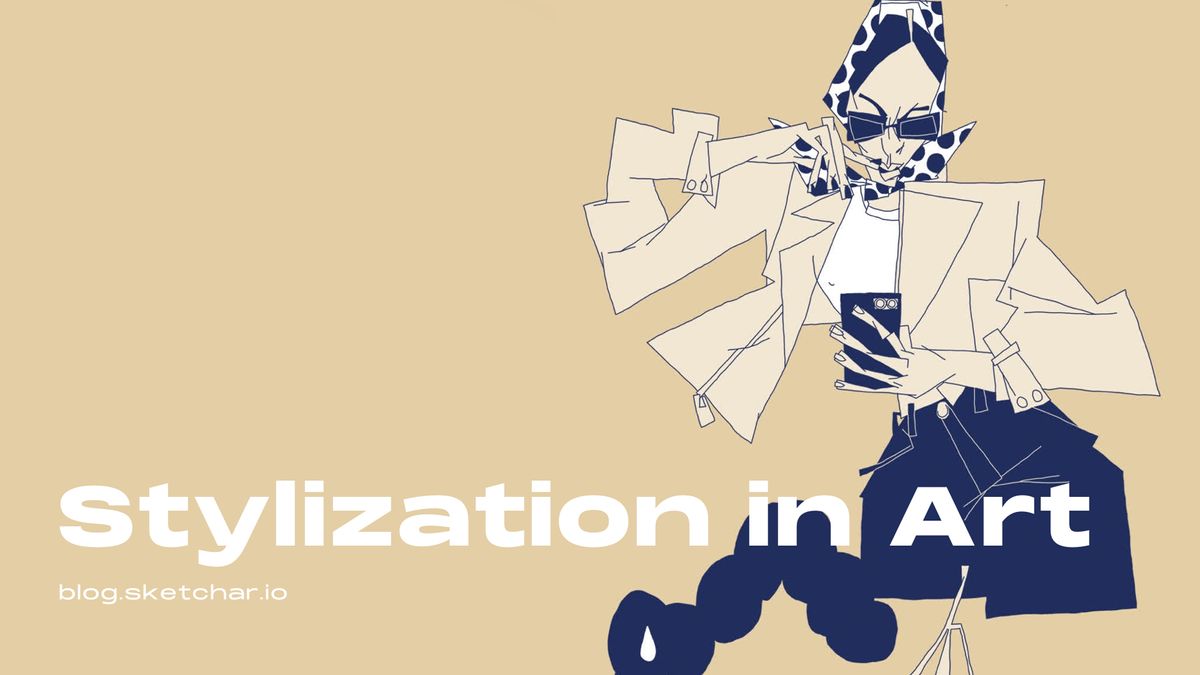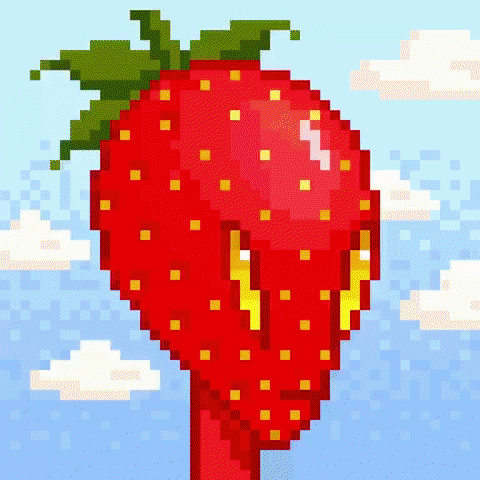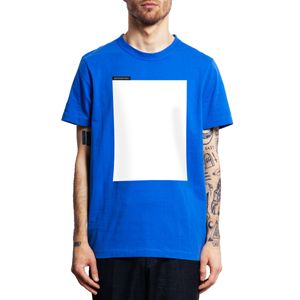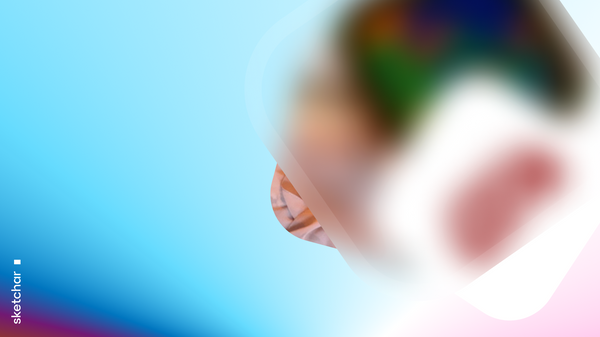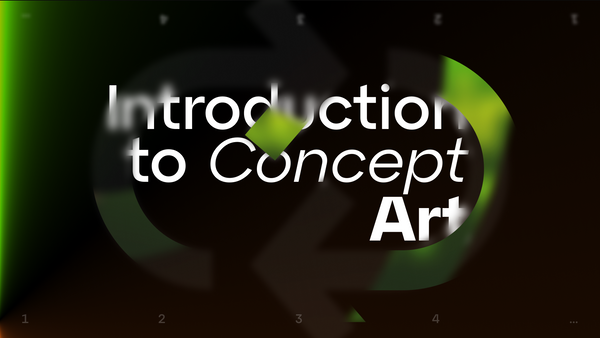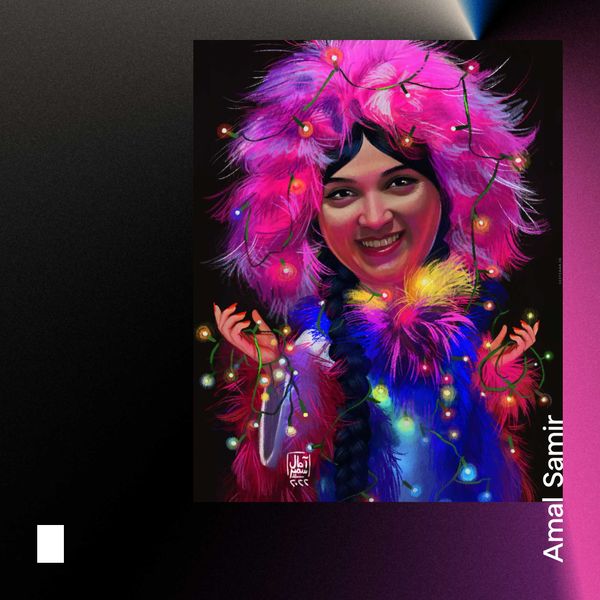What if, when making art, you move away from natural imagery, altering the lines, shapes, colors, and features?
Creative stylization in the visual arts implies the author's vision and artistic reinvention of the phenomena or objects of the surrounding reality and, as a result, their novel display. The method requires separating from the image all the surplus, minor stuff interfering with clear visual perception in order to reveal the essence of the depicted objects, draw attention to their previously hidden aesthetic or nature, and evoke corresponding emotional intensity. Stylization, in a sense, makes the art motif more comprehensible to the viewer, which is why today it’s widely used in graphic design and interior design.
The Great Soviet Encyclopedia of 1979 perfectly explained stylization as “the decorative generalization of figures and objects by means of various conventional techniques, including the simplification of line, form, and relationships of space and color.”
Now you might want to consider the basic detail of this practice and how to master it.
Types of stylization and what it gives to the picture
Stylization can be intentional – if you explore an object, for example, with the help of preliminary sketches, and based on the information collected, you build an image with an emphasis on its characteristic features. It can also be intuitive – if you accidentally produce a silhouette that has recognizable or even exaggerated prototype features. That's often the way that children depict the world. They are able to simplify any sophisticated object: everyone knows that stick man being drawn by means of short irregular lines.
Regardless of whether this technique is applied on a sketch prepared in advance, or performed straightaway in a certain manner, the final work is usually has a concise, geometric, eccentric, colorful, and sensual look.
The most common methods of artistic stylization:
• flatness (lack of three-dimensional depth),
• simplified shapes,
• unnatural proportions of distinctive elements,
• greater or lesser variation of details,
• unrealistically vibrant colors and textures.
As mentioned above, the aim of creative stylization is to invent a fresh picture with increased expressiveness and decorativeness, being above nature, above real objects around, sometimes completely losing its resemblance to the original. But even when stylizing takes a mimic form, i.e. deliberately imitates the style of a particular author, genre, movement, era, or culture – it should not be direct copying. When recreating one style or another, it’s important to strive to bring your individuality and context into this piece, for instance, with a new storyline, vision of color, or general compositional solution. It is the degree of artistic novelty that, as a rule, largely determines the value of a stylized artwork.

The beginnings of art stylization date back to the times of ancient cave paintings and the Middle Ages, e.g. in the form of specifically elongated silhouettes of saints. As an artistic method, stylization reached high levels in Assyrian-Babylonian, Persian, ancient Egyptian and ancient Greek ornaments, in which, along with geometric lines and patterns, there were often flora and fauna, both real and fictional, and human figures depicted with great skill and taste. Over time, the goal for many artists became increased mimesis (an idea that ran the creation of artworks with correspondence to the physical world understood as a sample of beauty, truth, and the good), and greater realism began replacing stylization in art (from the Renaissance to the 19th century). When, in the 19th century, Impressionism moved away from academic traditions and returned the focus to experimentation with colors and light, it sparked a renewed interest in deliberate stylization and usage of the portrayal of recognizable objects as a platform in which to also enjoy color, line, and shape.
How to get started with art stylization
The stylization practice is easy and challenging at the same time. You need to relax and forget all the rules and principles in art, while clearly knowing them. The point is, an accurate understanding of what you are neglecting gives you freedom and doesn’t show you’re a dabbler.
It follows that if you want to excel at stylizing, you must have the fundamental drawing and painting skills, which means, you must know the laws of harmony and representation of the environment we live in. We recommend you explore and work on different genres, from still life to portrait, without being limited to one thing. Diversity helps you find out what's closest to you and, if necessary, go deeper into a certain area. Stylization, in turn, is the path to decorative painting, avant-garde, abstractionism that do heavily rely on the composition basics, line style, dynamics, and statics.
But let's get to the point. In order to transform a realistic image into an expressive and emotional object, first of all, concentrate on what’s most important in it, what separates it from others. Take a look at the nature of its form, putting aside all superfluous details. Then, only with such means as dots, lines, and spots, draw your piece. Activating your associative thinking and retrieving the stored experience from your memory will eliminate exact duplication. Once you get a certain outline, work it into the final shape and color, which, by the way, can be applied locally and contrastingly, and even in shades unusual for the object. You can also add decorative elements if, in your opinion, there is now a need for them. In doing so, your final picture should feel like the originally chosen prototype. For beginners, it’s better to learn this art by creating the simplest plant or animal sketches.

Stylizing human images
There are several ways to give a person a stylized look. Fashion illustration is one of the striking examples. When sketching their ideas, designers usually resort to increasing the model's height and distorting their body proportions: extremely narrow waist, elongated neck, and limbs. Via this technique, you can place emphasis on the individuality things of a particular person.
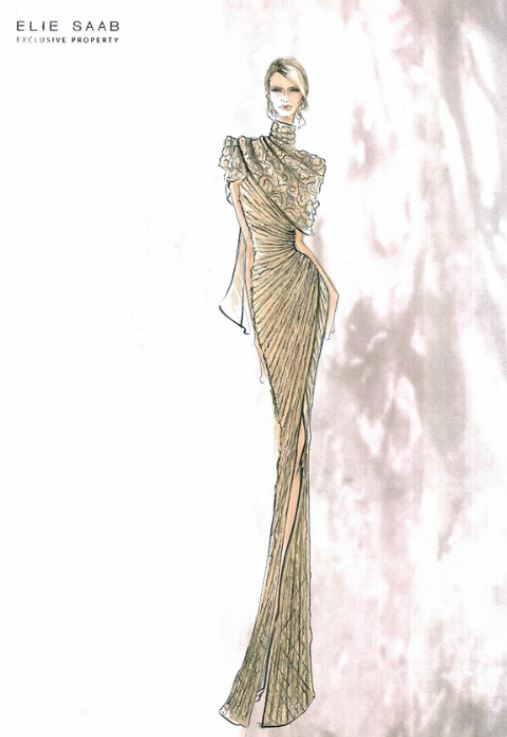

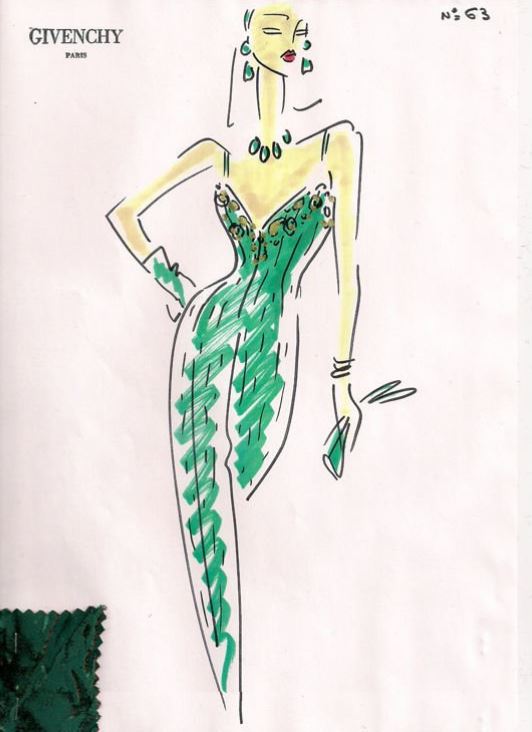
Another well-known example is caricatures and grotesques. The person in these pictures remains absolutely recognizable although may have disproportionate facial features: an unusually big mouth or nose, enlarged eyes and eyelashes. Professionals manage to convey the character and capture the unique traits so accurately that it doesn't take much to determine who the reference is. Such techniques are often used in animation, paired with bold color solutions.
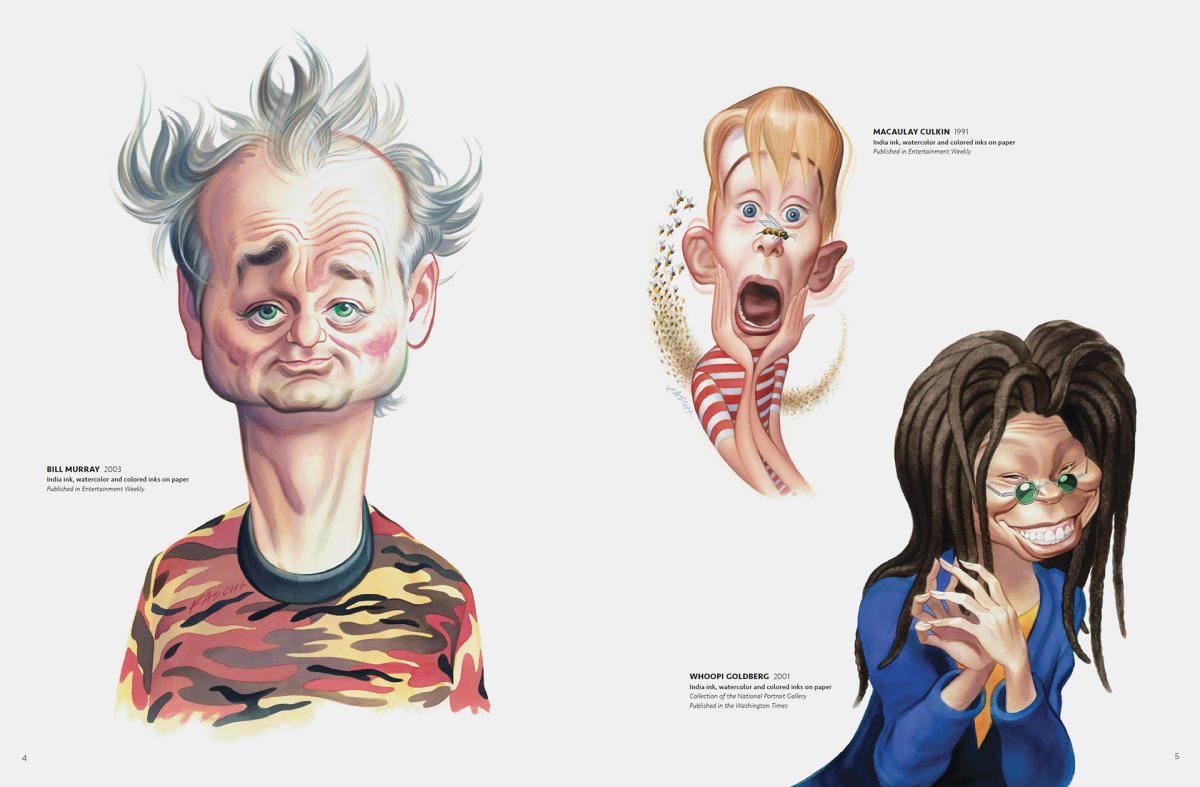
Through stylization, the artist creates their fantasy world, in which everything has its own prototype in the natural environment.
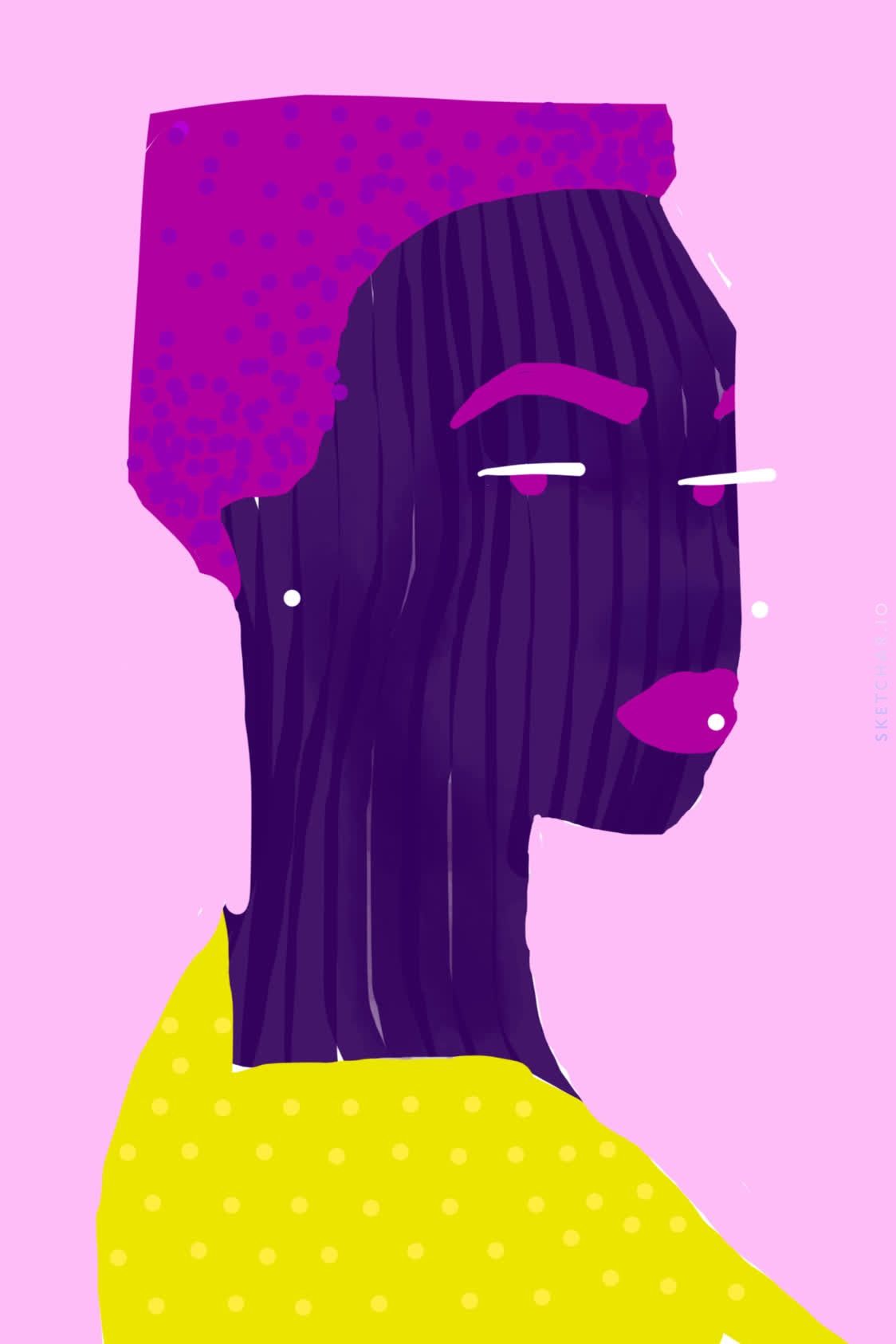

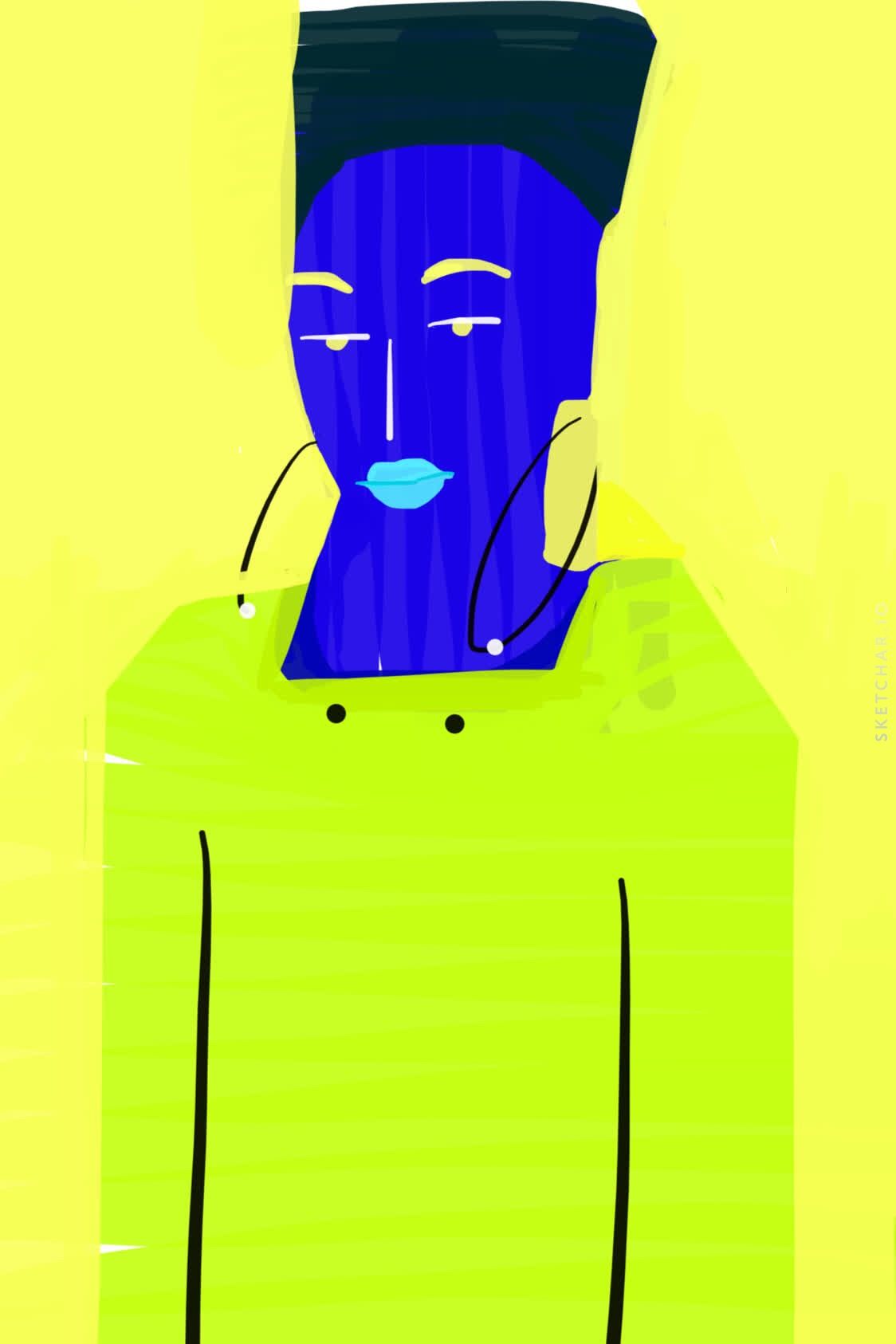
The ability to convey a message visually, without getting hung up on documentary reproduction of reality and using simplification, comes from accumulated experience and constant practice. At Sketchar, we’re aware of how important it is to assist those who are at the beginning of their art path or just want to save time. The AI Portraits feature is our way to show how to work stylization with the help of neural networks. By employing this creative tool, you can bridge the two worlds in seconds: transform portrait photos of you or other people into various sorts of illustrations (with comics, cartoon, anime, or brush effects) just like real artists do. This offers a different look at the object from the natural environment – a person – to pay attention to certain things that usually may not seem expressive or meaningful, thereby training your eye to recreate it anew, but on your own – in the form of an artist’s symbol.
Stylize photos with the help of your smartphone and expand your imagination through technology. At the same time, remember to develop your art intuition by giving yourself proper drawing habits so that all the fundamentals become your second nature and lead you to new creative avenues.
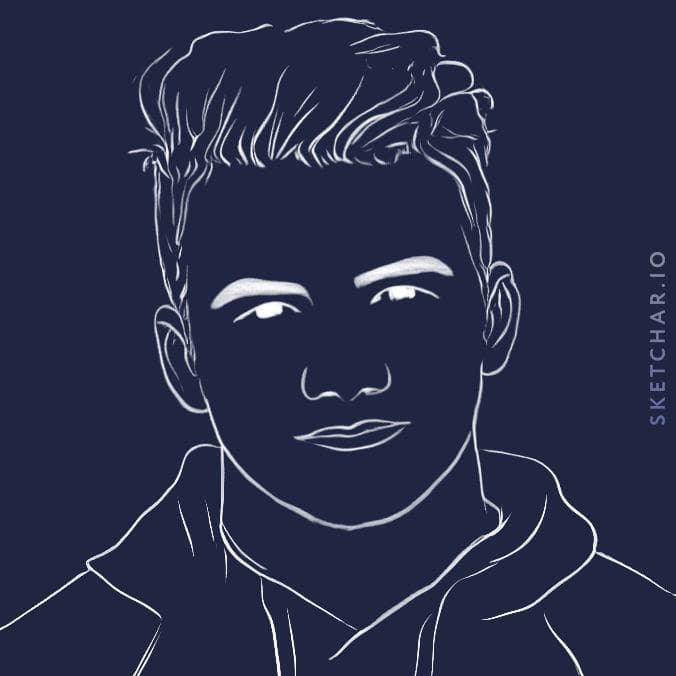


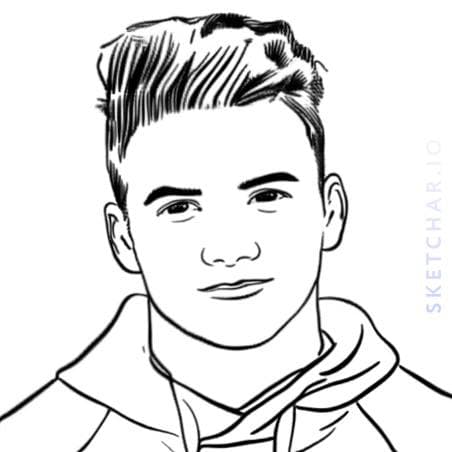
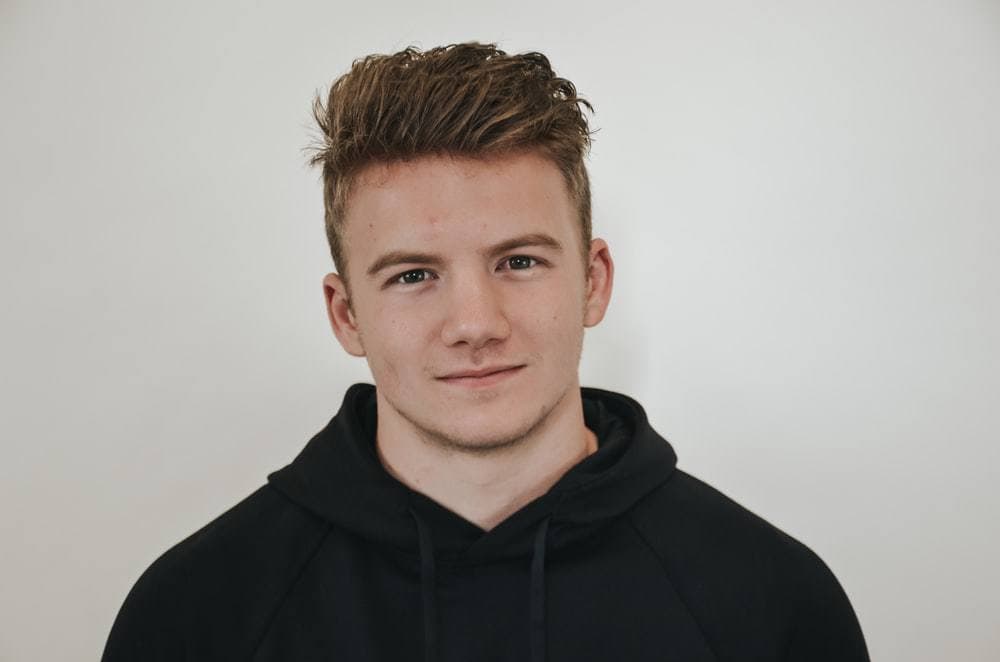
Follow your curiosity with the Sketchar app (available on iOS and Android).
The post cover uses Vadim Sloof’s art made on Sketchar.


